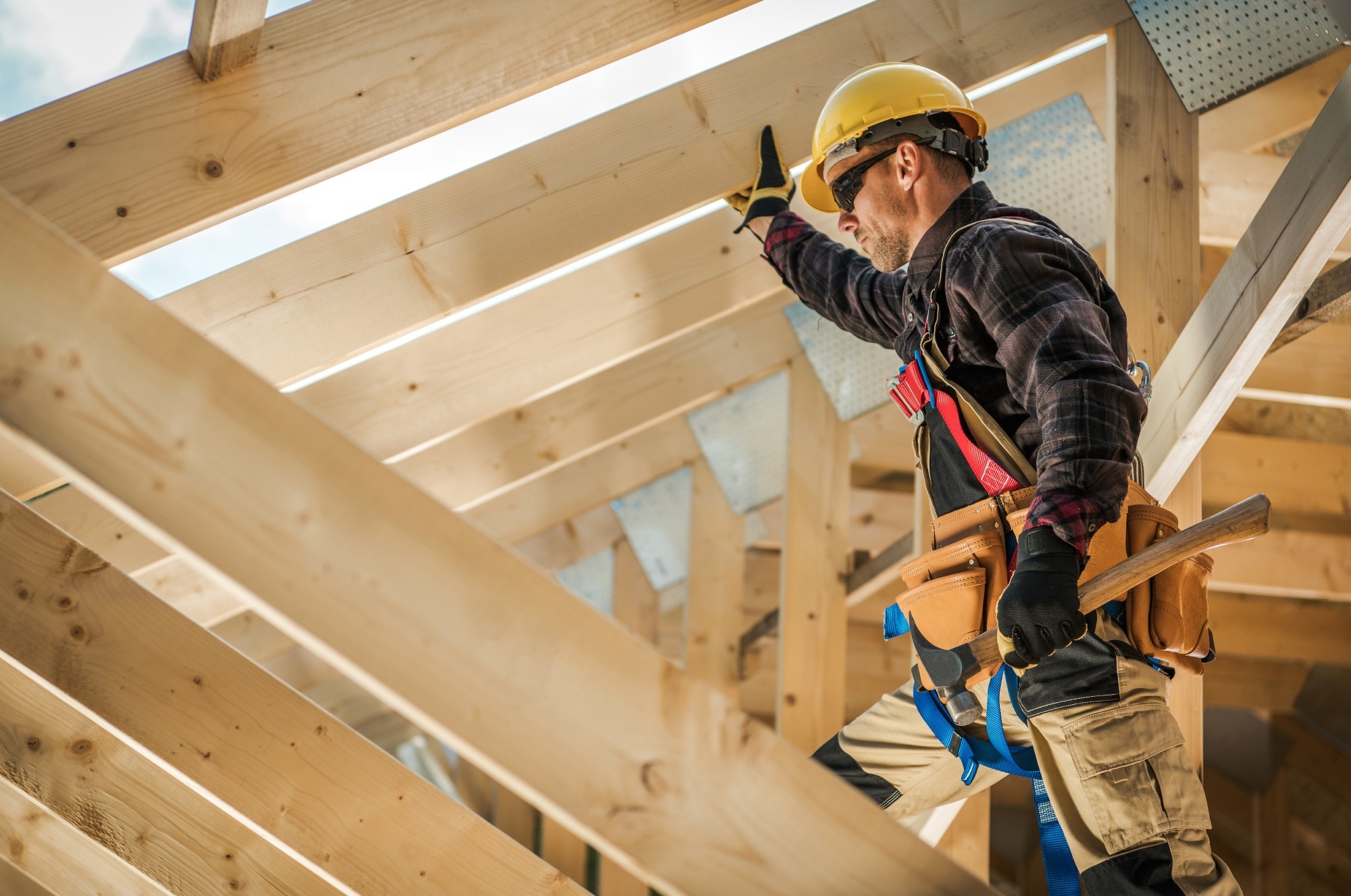A new study has demonstrated a way to make transparent wood significantly more fire-resistant by incorporating phosphorylated cellulose, offering a safer, sustainable option for smart windows and building materials.

Study: Transparent wood composites with phosphorylated cellulose for enhanced fire safety: A bioinspired solution for sustainable building materials. Image Credit: Virrage Images/Shutterstock.com
A recent study published in Construction and Building Materials introduces a novel approach to fire-safe transparent wood composites by incorporating phosphorylated cellulose (PC). The research team developed a bioinspired char-forming structure by synergistically integrating PC with delignified wood aerogels, significantly enhancing fire resistance without compromising optical clarity.
Cellulose-Based Flame Retardants: A Sustainable Solution
Cellulose-based materials are gaining attention as eco-friendly flame retardants, thanks to their renewable nature and adaptable multi-level fire resistance mechanisms. Through chemical or physical modifications, cellulose can be made flame-retardant while remaining biodegradable, aligning well with global efforts to create sustainable, non-toxic alternatives to conventional fire retardants.
The fire resistance of cellulose is primarily due to its ability to form a char layer when exposed to high heat. Under thermal stress, cellulose dehydrates and produces a carbon-rich barrier that insulates the material by blocking oxygen and heat. Phosphorus-based compounds enhance this effect by promoting the formation of phosphoric and polyphosphoric acids, which catalyze dehydration. The resulting char delays combustion by preventing contact between flammable gases and external heat sources.
These flame-retardant properties of cellulose are especially relevant for wood-derived transparent materials - an emerging class of bio-based composites designed for energy-efficient buildings and smart windows. While transparent wood offers an attractive combination of optical clarity, mechanical strength, and sustainability, its flammability remains a major hurdle.
Wood as a Transparent, High-Performance Material
Wood is a naturally occurring composite made up of roughly 40–50 % cellulose, along with hemicellulose and lignin. Cellulose provides strength through microfibrils, hemicellulose serves as a binder, and lignin adds rigidity. This hierarchical structure gives wood excellent thermal insulation and mechanical durability.
In recent years, researchers have developed transparent wood materials that retain the strength and porosity of natural wood while offering optical properties suitable for next-generation architectural applications. These composites are typically created through selective lignin removal and polymer infusion. However, the resulting delignified wood - mainly composed of cellulose and hemicellulose - is highly flammable, despite its natural tendency to char. Addressing this fire risk is critical for expanding the use of transparent wood in real-world applications.
The Study: Creating Fire-Safe Transparent Wood
In this work, the team proposed and demonstrated a char-forming architecture for transparent wood by embedding PC into delignified wood aerogels. The PC was synthesized by modifying microcrystalline cellulose with phosphorous acid and then uniformly distributed along the surfaces of the wood aerogels.
Next, the aerogels were infused with photocurable polyurethane acrylate (PUA) resin. Using vacuum impregnation followed by UV curing, the researchers produced transparent wood composites with significantly improved flame retardancy.
One key advantage of PC is its light yellow hue, which has minimal impact on the transparency of the final product. This contrasts with earlier flame-retardant treatments that often compromised optical clarity. Additionally, using cellulose derivatives enhances compatibility and bonding within the composite structure.
Experimental Process
Wood aerogels were immersed in PC solutions with concentrations of 1?wt%, 2?wt%, and 3?wt%. After two hours of vacuum drying and 24 hours of freeze-drying, the modified samples were labeled wood-PC1, wood-PC2, and wood-PC3, based on their PC concentrations. The corresponding dry weight gains were 6.4?wt%, 22.5?wt%, and 67.7?wt%, respectively.
Each sample was saturated in ethanol before being transferred to a UV-curable monomer solution. Vacuum treatment at −0.1?MPa ensured thorough monomer infiltration. Once surface bubbling ceased (indicating full saturation), the samples were cured under 120?W UV light for five minutes to finalize the composites.
Characterization was conducted using a variety of techniques: Fourier transform infrared spectroscopy (FTIR), X-ray photoelectron spectroscopy (XPS), scanning electron microscopy (SEM), elemental mapping, thermogravimetric analysis (TGA), and micro-scale combustion calorimetry.
Results: Enhanced Flame Retardancy Without Compromising Strength or Clarity
The PC-modified wood aerogels showed clear improvements in flame retardancy, including self-extinguishing behavior and the formation of stable, continuous char layers during combustion. Analytical tools (FTIR, XPS, SEM, and elemental mapping) confirmed the successful integration of PC within the wood structure.
TGA and combustion calorimetry revealed a 42 % reduction in peak heat release rate (pHRR) and a char yield increase up to 36?wt%. When embedded in PUA composites, PC-modified aerogels further reduced pHRR by 26 % and total heat release (THR) by 25 %, confirming the effectiveness of the char-forming mechanism.
Importantly, the modified transparent wood maintained around 50% optical transmittance and 30 MPa tensile strength, demonstrating that enhanced fire safety doesn't come at the cost of performance. Molecular dynamics simulations supported the experimental findings, confirming the barrier effect of the char layer in limiting the release of flammable gases.
Conclusion
By combining phosphorylated cellulose with delignified wood aerogels, the study demonstrates a practical route to improving fire safety in transparent wood - without compromising strength or clarity. The approach offers a clear pathway for adapting cellulose-based flame retardants in other wood-derived materials where flammability has limited wider use.
Journal Reference
Guo, M. et al. (2025). Transparent wood composites with phosphorylated cellulose for enhanced fire safety: A bioinspired solution for sustainable building materials. Construction and Building Materials, 495, 143711. DOI: 10.1016/j.conbuildmat.2025.143711, https://www.sciencedirect.com/science/article/pii/S0950061825038620
Disclaimer: The views expressed here are those of the author expressed in their private capacity and do not necessarily represent the views of AZoM.com Limited T/A AZoNetwork the owner and operator of this website. This disclaimer forms part of the Terms and conditions of use of this website.